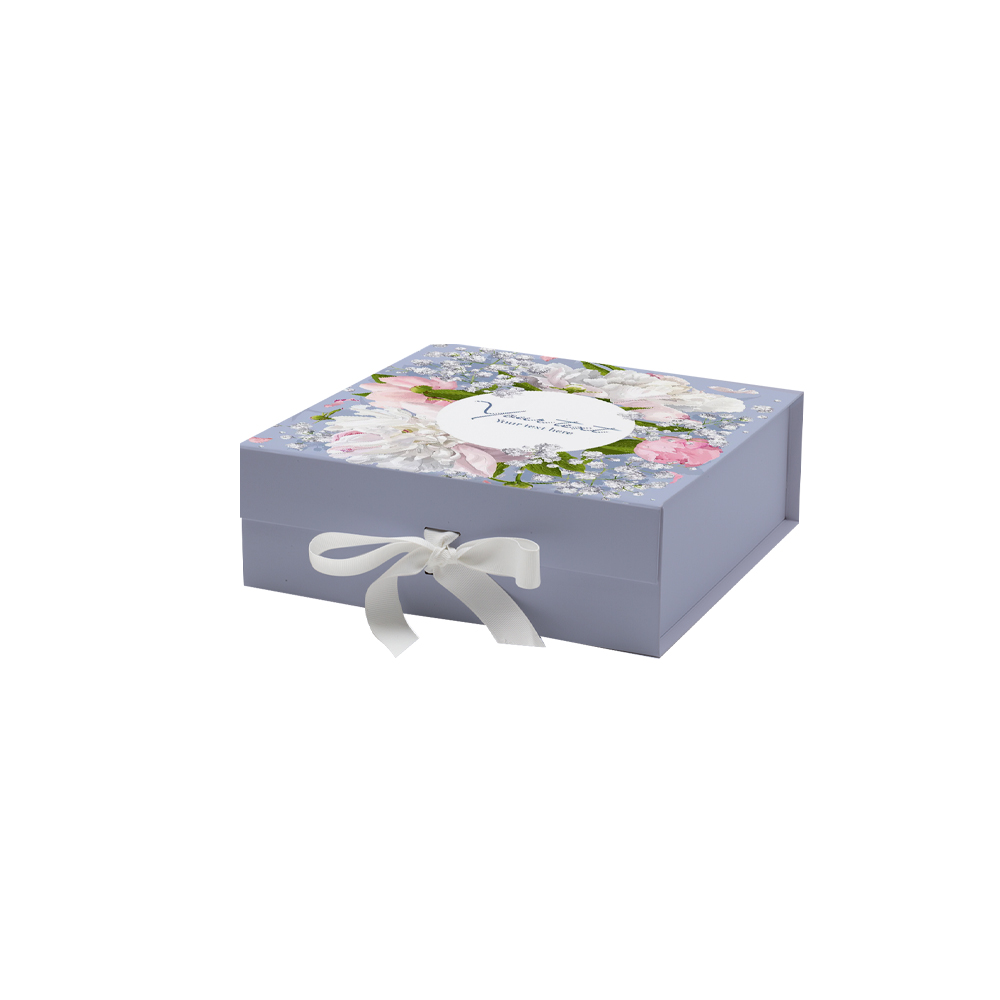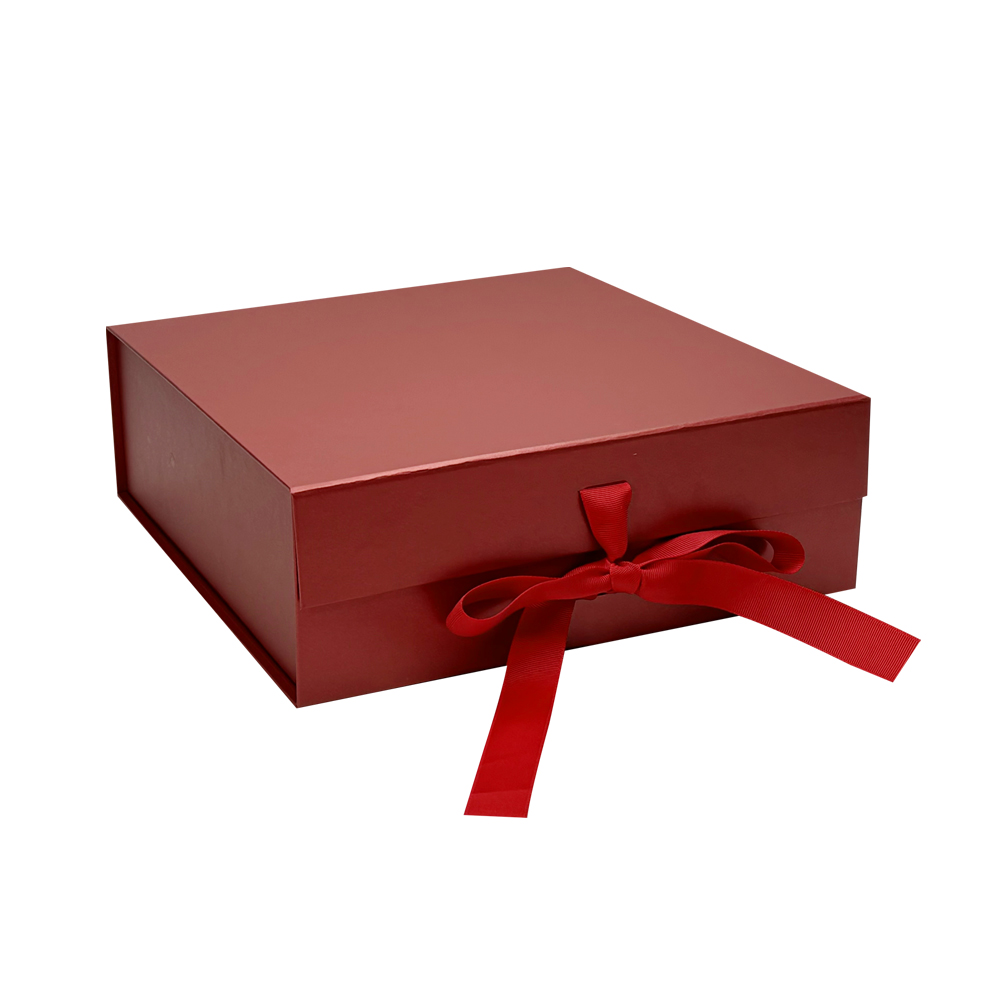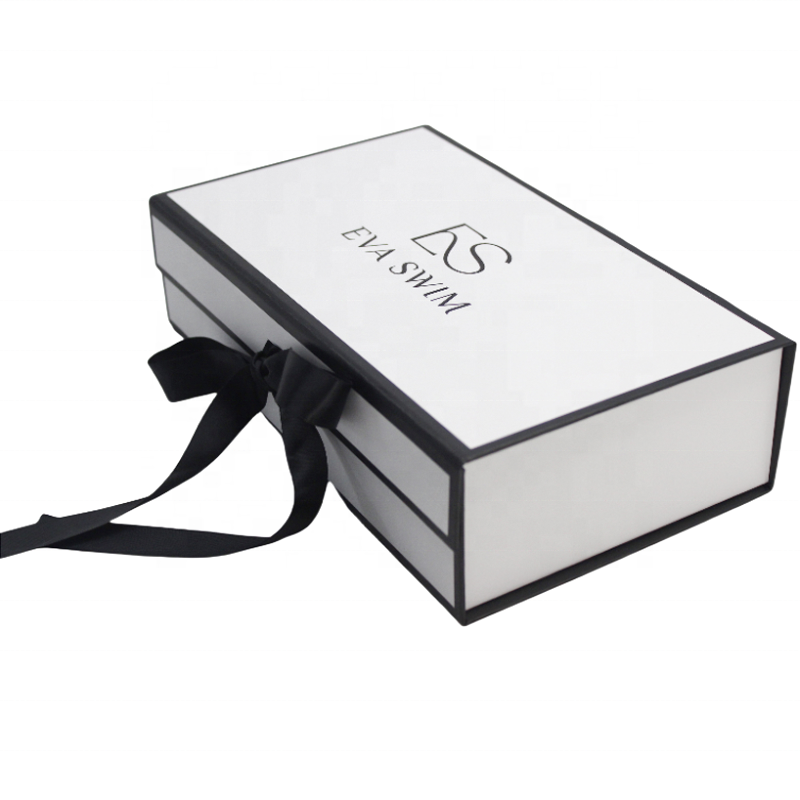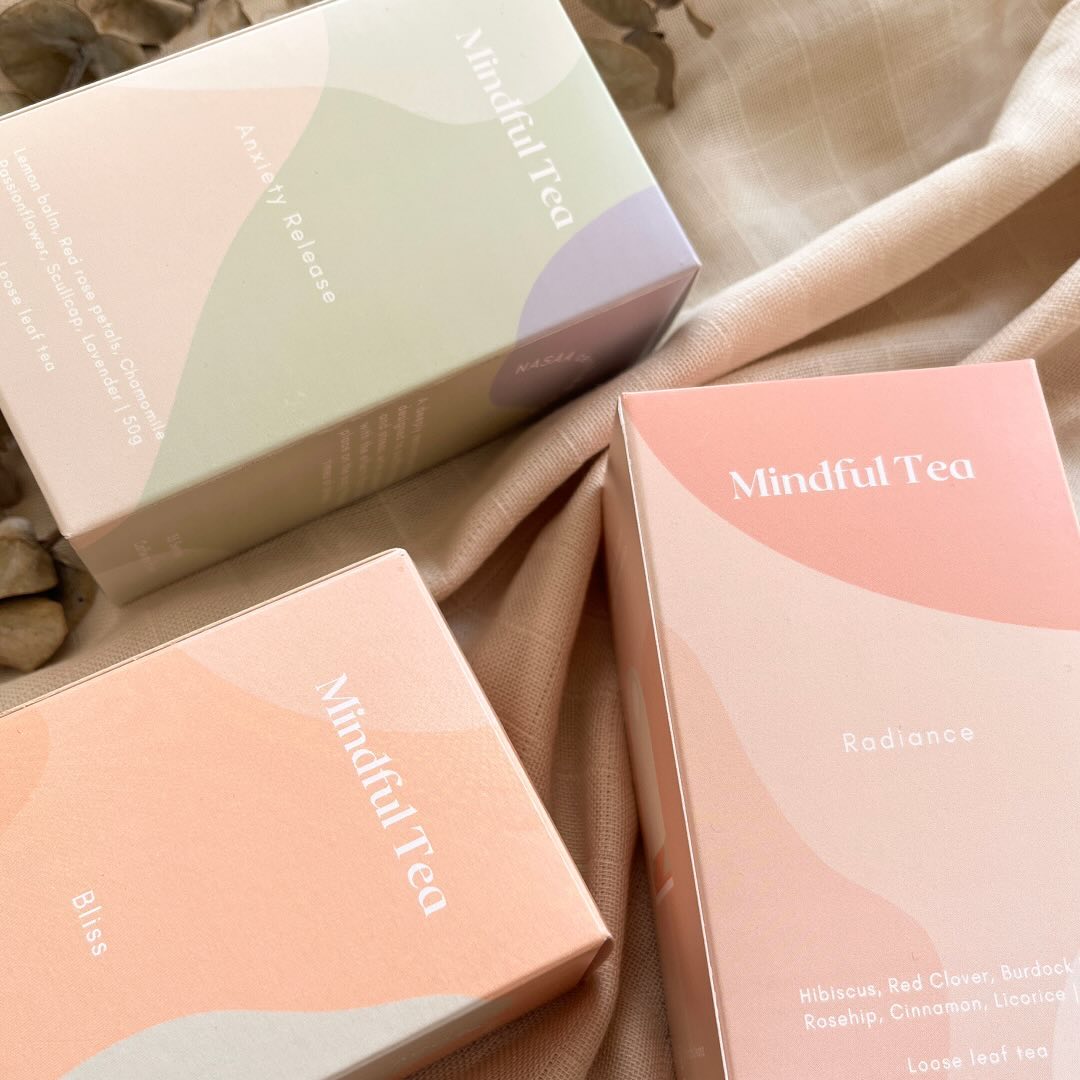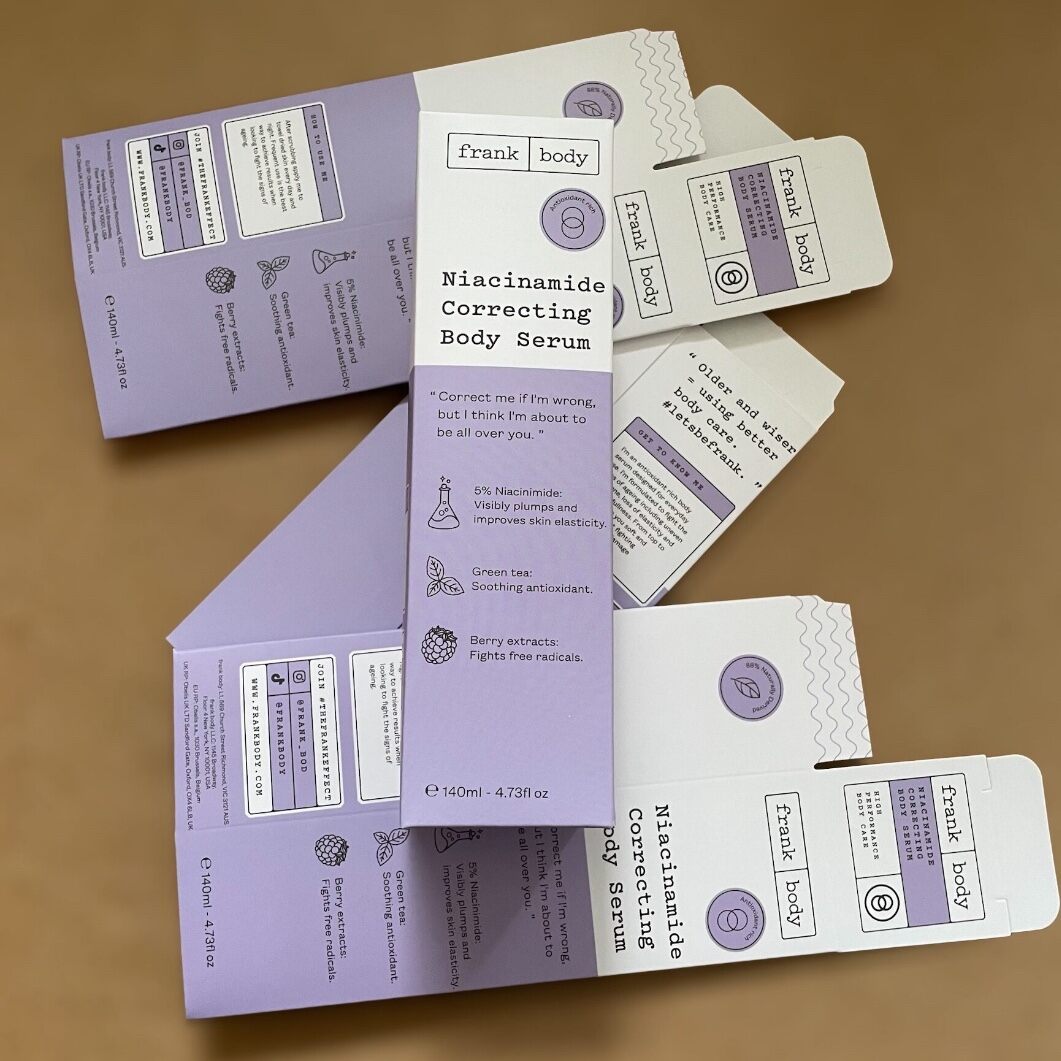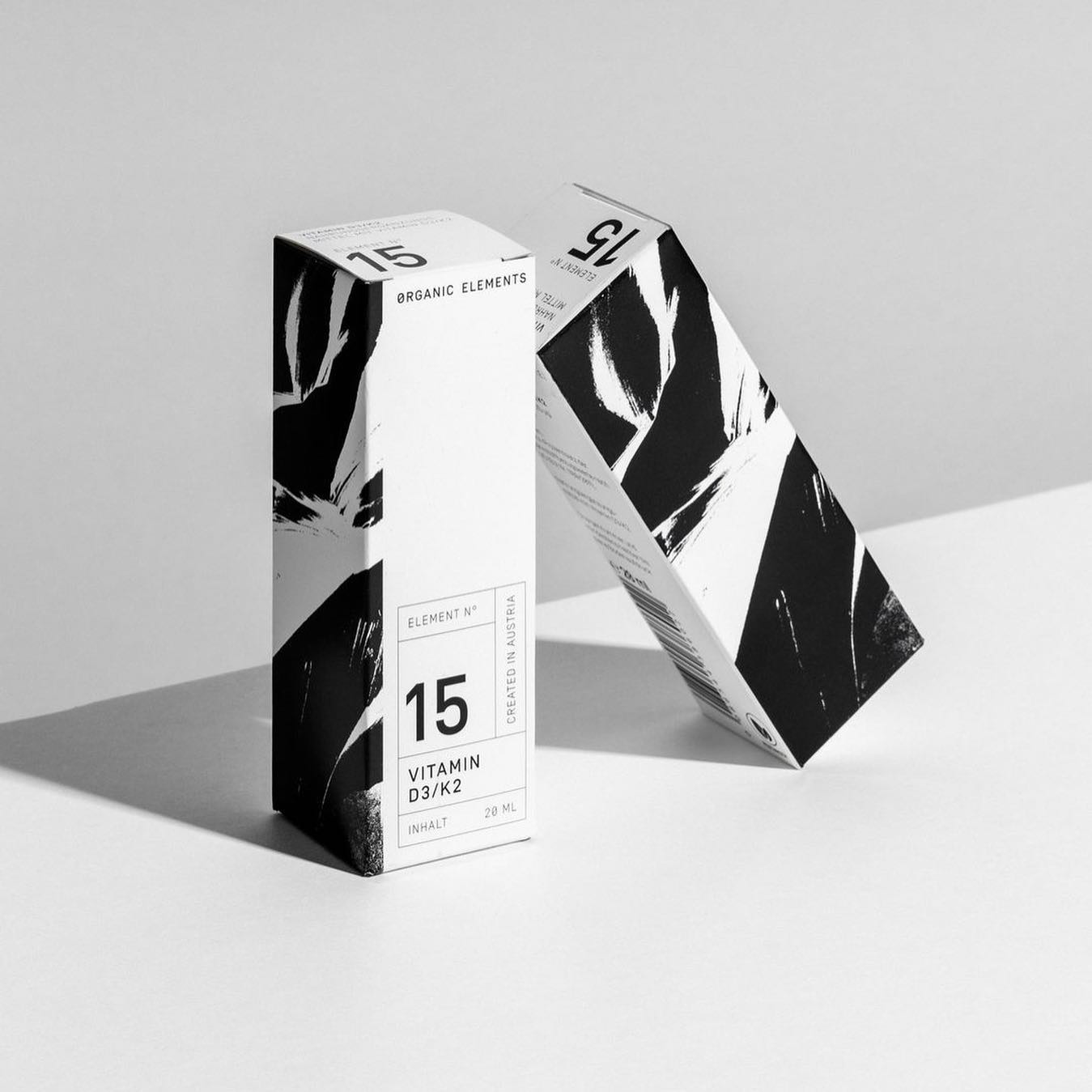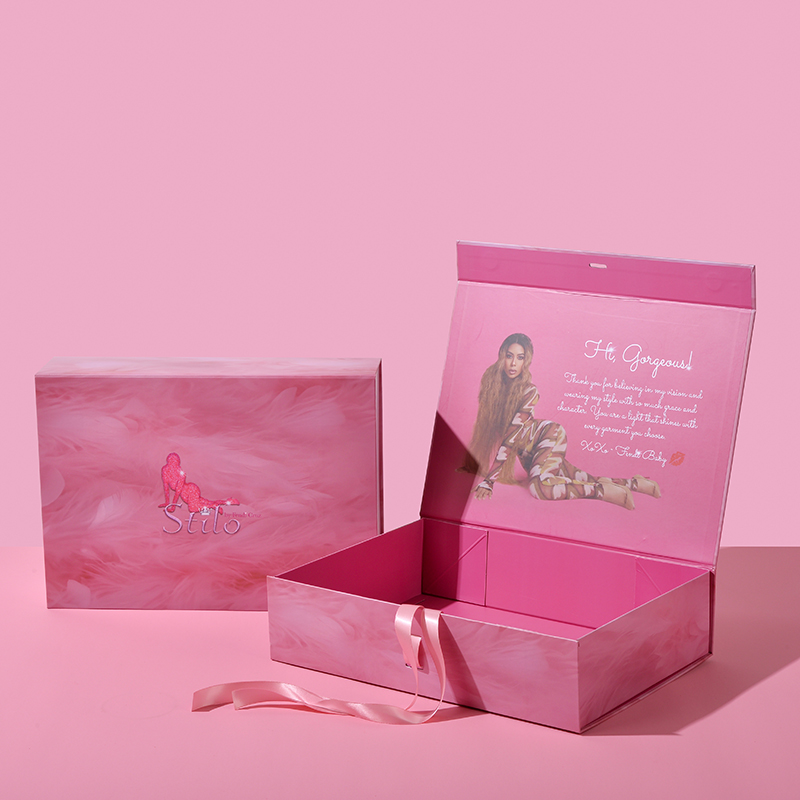Table of Contents
In today’s world, sustainability has become an essential aspect of brand success, particularly within industries like beauty and cosmetics. With consumers increasingly seeking eco-friendly and ethically responsible options, packaging plays a pivotal role in influencing purchasing decisions. The beauty industry, in particular, is undergoing a significant transformation as brands recognize the need for more sustainable packaging solutions.
Sustainability in beauty packaging goes beyond just a trend. It’s becoming a driving force behind brand innovation and consumer loyalty. As environmental awareness continues to rise, consumers are looking for brands that prioritize minimizing their ecological impact. This article will delve into the key trends in sustainable beauty packaging and explore how embracing these changes can not only benefit the environment but also enhance your brand’s reputation and appeal.
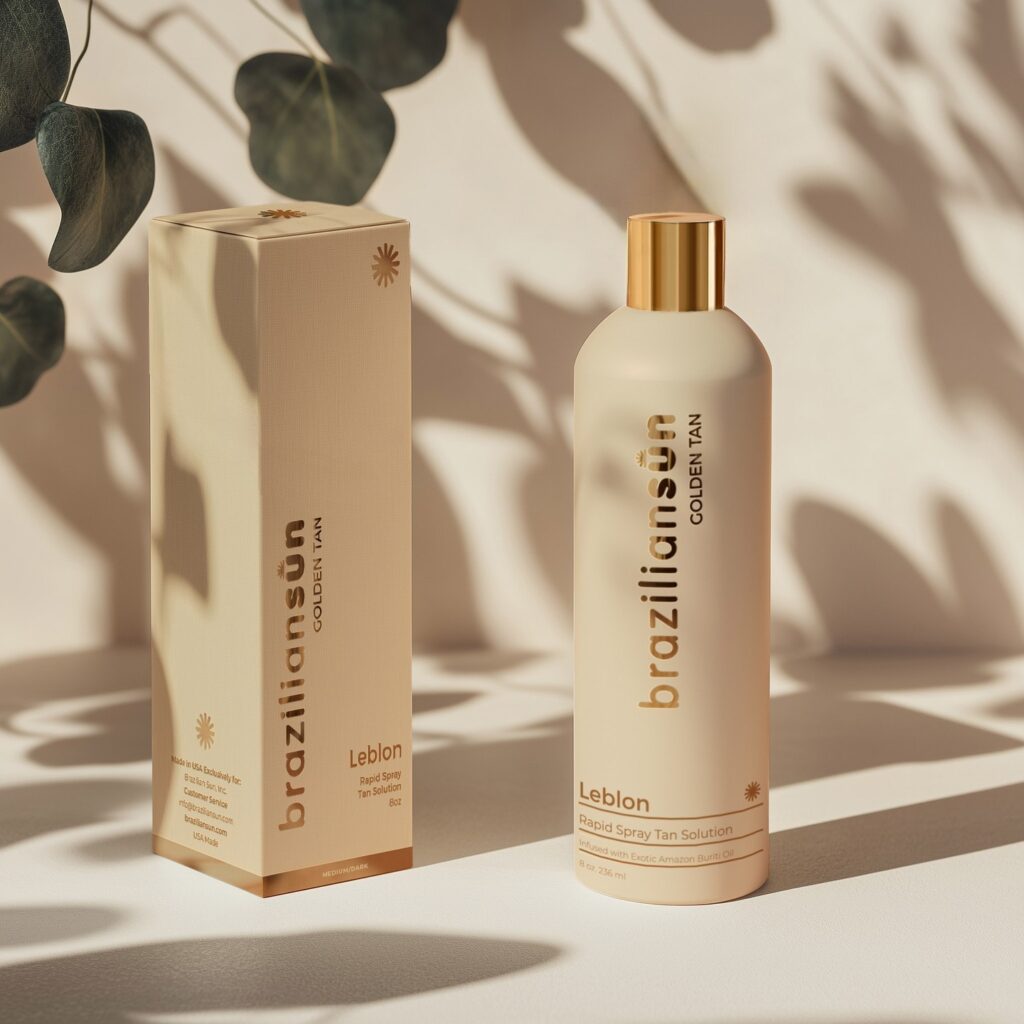
The Shift Toward Sustainable Beauty Packaging
As the demand for eco-friendly packaging continues to rise, the beauty industry is adapting and responding with innovative solutions. Brands are not only focusing on reducing their environmental impact but are also seeking to meet the expectations of eco-conscious consumers. Sustainable packaging in beauty products is quickly becoming a standard, with both established and emerging brands embracing new materials and designs. Below, we explore the key trends and strategies driving the movement towards sustainability in the beauty industry.
1. Recyclable and Biodegradable Materials
One of the most significant shifts in beauty packaging is the move towards recyclable and biodegradable materials. The growing demand for sustainable packaging solutions has driven the beauty industry to adopt materials such as glass, aluminum, and sustainable paper products. These materials are not only more eco-friendly but also contribute to reducing plastic waste, one of the main environmental concerns in the industry.
Recent studies show that a large percentage of consumers are willing to pay a premium for products that use recyclable packaging, signaling a shift in purchasing behaviors. Many beauty brands are now transitioning from plastic to glass or aluminum, both of which offer recyclability without compromising on aesthetics. Furthermore, plant-based plastics and biodegradable alternatives are gaining traction, offering another avenue for companies to reduce their environmental footprint while meeting consumer expectations for sustainable packaging.
2. Minimalist Design and Reusability
Minimalism in beauty packaging is more than just a design trend—it reflects a commitment to sustainability. The demand for minimalist designs is on the rise, particularly among younger consumers, who value simplicity, functionality, and sustainability. By reducing excess packaging and focusing on clean, simple designs, beauty brands can reduce material waste while creating a visually appealing product presentation.
Reusability is also gaining popularity. Brands are increasingly offering refillable packaging systems, where consumers can reuse the same container and simply replace the product inside. This significantly reduces single-use packaging and supports the growing zero-waste movement. Examples include refillable skincare containers, makeup palettes, and perfume bottles that contribute to lowering the amount of packaging waste generated by the beauty industry.
3. Reducing Plastic Waste Through Innovative Solutions
Plastic waste continues to be a significant environmental concern, and beauty brands are actively seeking ways to reduce their reliance on single-use plastic packaging. Many companies are now incorporating post-consumer recycled (PCR) plastic into their packaging, giving new life to recycled materials and reducing the demand for virgin plastic.
In addition, the rise of waterless beauty products is another key innovation aimed at reducing plastic usage. Waterless beauty eliminates the need for water-based formulations that require plastic packaging, offering more concentrated products in solid forms. This shift not only reduces plastic consumption but also decreases the environmental footprint associated with transportation and shipping, as waterless products are often lighter and more compact.
4. Eco-Friendly Inks and Labeling Techniques
The use of eco-friendly inks and labeling techniques is another essential step in making beauty packaging more sustainable. Traditional inks often contain harmful chemicals that can hinder the recyclability of packaging materials. In response, many brands are switching to water-based, soy-based, or vegetable-based inks, which are less toxic and more environmentally friendly.
Alongside these ink innovations, brands are embracing label-free packaging or directly printing information on the packaging itself, eliminating the need for additional labels and reducing material waste. These eco-friendly printing techniques align with the broader sustainability narrative, further enhancing the brand’s commitment to responsible practices.
5. Circular Packaging Systems
Circular packaging systems, which aim to reduce waste by promoting the reuse and recycling of materials, are becoming increasingly popular in the beauty industry. Brands are designing packaging with recyclability in mind, often opting for mono-materials that can be easily recycled. This eliminates the complex layers found in traditional packaging, which can often hinder recycling efforts.
For example, beauty brands are now creating shampoo bottles made entirely from a single type of plastic to make recycling easier. These closed-loop systems not only help reduce the environmental impact but also encourage consumers to participate in recycling programs, fostering a more sustainable life cycle for beauty packaging.
6. Alternative Materials and Biomimicry
Another emerging trend in beauty packaging is the exploration of alternative materials, including those inspired by nature. Biomimicry, which involves emulating natural processes and structures, is influencing packaging design, with brands experimenting with materials like mushroom-based packaging and biodegradable alternatives to traditional plastics.
Consumers are increasingly willing to pay a premium for beauty products that use sustainable packaging. In fact, nearly half of consumers are ready to invest in products that come with eco-friendly packaging. As a result, beauty brands are proactively seeking new, innovative materials that balance functionality with environmental sustainability, ensuring they meet the growing demand for greener packaging options.
7. Smart Packaging Technologies
Smart packaging technologies are becoming an exciting trend in the beauty industry. By incorporating QR codes and RFID tags, beauty brands are providing consumers with detailed information about the product’s lifecycle—from production to disposal. This level of transparency not only enhances the consumer experience but also supports sustainability efforts by encouraging proper disposal and recycling practices.
For instance, QR codes on beauty product packaging can lead consumers to information about the ingredients used, how to use the product responsibly, and how to recycle the packaging. This trend contributes to greater transparency and builds trust with eco-conscious consumers who value accountability and sustainability in the brands they support.
Key Opportunities for Beauty Brands Embracing Sustainable Packaging
Adopting sustainable packaging offers numerous opportunities for beauty brands, ranging from increased consumer loyalty to the potential for new market growth. Let’s explore some of the key opportunities that brands can leverage by embracing sustainable packaging practices.
1. Enhancing Consumer Loyalty and Attracting Eco-Conscious Shoppers
As consumer preferences continue to shift toward sustainability, beauty brands that prioritize eco-friendly packaging are positioned to foster strong brand loyalty. Consumers are increasingly seeking products with packaging that reflects their values, and they are willing to pay more for brands that make environmentally responsible choices.
Brands that offer sustainable packaging solutions are not only meeting consumer demand but also building long-term relationships with loyal customers who appreciate the brand’s commitment to sustainability. This loyalty translates into repeat purchases, positive reviews, and increased word-of-mouth referrals, which can significantly boost a brand’s visibility and market share.
2. Strategic Collaborations and Sustainability Certifications
Strategic collaborations with eco-conscious packaging suppliers or environmental organizations can further strengthen a brand’s sustainability efforts. These partnerships provide brands with access to the latest innovations in sustainable packaging while also ensuring that their packaging choices meet industry standards.
In addition, obtaining recognized sustainability certifications, such as the Cradle to Cradle or Forest Stewardship Council (FSC) certifications, can help build credibility and trust with consumers. These certifications serve as visible indicators of a brand’s commitment to responsible sourcing and sustainable practices, influencing purchasing decisions and enhancing the brand’s reputation.
3. Future Trends and Emerging Opportunities in Sustainable Packaging
The future of sustainable beauty packaging holds exciting prospects for innovation. Anticipated trends include the widespread adoption of compostable materials, advancements in refillable packaging systems, and the growth of circular packaging models. As consumers continue to demand more sustainable products, brands that embrace these innovations will lead the charge toward a more sustainable and ethical beauty industry.
Beauty brands can seize these emerging opportunities by experimenting with alternative materials, adopting smart packaging solutions, and incorporating technology-driven recycling initiatives. By staying ahead of the curve, forward-thinking beauty brands can ensure they remain relevant and competitive in an increasingly eco-conscious market.
Embracing Sustainability: The Future of Beauty Packaging
The evolution of sustainable beauty packaging is not just about meeting consumer demands; it’s a reflection of a collective commitment to environmental stewardship. As the beauty industry continues to embrace eco-friendly solutions, brands have the opportunity to make a significant impact on both the environment and their bottom line.
Beauty brands that adopt sustainable packaging practices are positioning themselves as leaders in the industry, attracting loyal customers who value eco-conscious choices. By embracing these trends and innovations, beauty brands can create products that are not only effective and beautiful but also environmentally responsible, setting a precedent for future generations.
If you’re ready to enhance your brand’s sustainability efforts, explore the wide range of eco-friendly packaging options available. The team at Meyers is dedicated to helping you develop custom packaging solutions that align with your sustainability goals while maintaining the highest standards of quality. Reach out today to discover how we can support your brand’s journey toward a greener future.
Frequently Asked Questions
1. How can sustainable packaging benefit my beauty brand?
Sustainable packaging can enhance your brand’s reputation, attract eco-conscious consumers, reduce environmental impact, and increase customer loyalty. It’s a smart business decision that aligns with current consumer preferences for environmentally responsible products.
2. What are the most common sustainable packaging materials used in beauty products?
Common sustainable packaging materials in beauty products include glass, aluminum, paperboard, plant-based plastics, and biodegradable materials. These materials are eco-friendly alternatives to traditional plastics and offer recyclability, compostability, or reusability.
3. How can my brand transition to more sustainable packaging options?
To transition to sustainable packaging, start by evaluating your current packaging materials and exploring eco-friendly alternatives. Consider using recycled materials, adopting minimalist designs, and implementing refillable or recyclable packaging solutions. Partnering with sustainable packaging suppliers and obtaining certifications can also help your brand align with industry standards.

